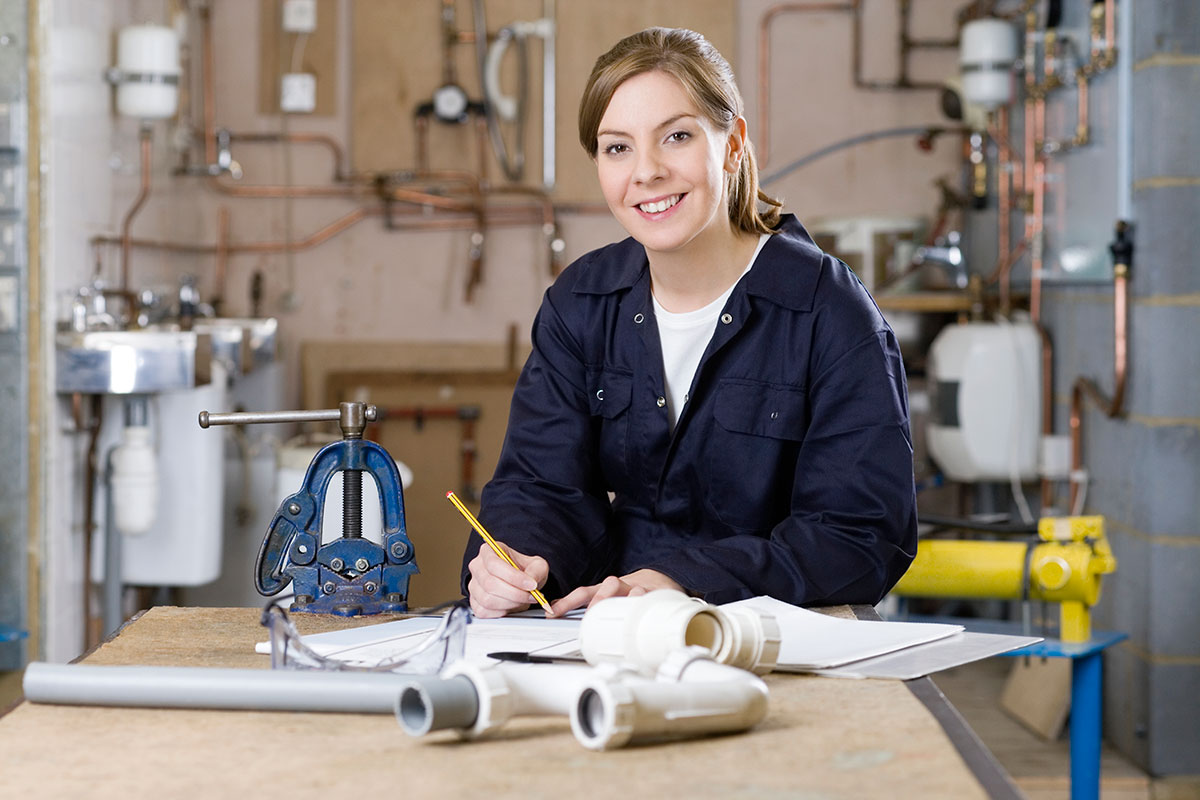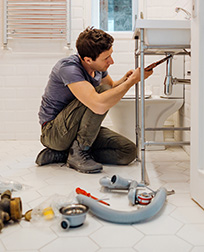Necessary Plumbing Alabaster AL Tips for Homeowners
Necessary Plumbing Alabaster AL Tips for Homeowners
Blog Article
A Detailed Guide to Effective Water Heater Installation for Optimal Efficiency
Embarking on the job of setting up a water heating unit is an endeavor that requires precision and an organized approach for accomplishing optimum performance. As you proceed, the intricacies of linking water supply lines and establishing up dependable electric or gas links wait for, promising insights right into ensuring effectiveness and integrity.
Choosing the Right Water Heating Unit

Following, think about the size and capability of the hot water heater. It's important to analyze your household's warm water requirements, which can differ based upon the variety of owners and their usage patterns. A system that's also tiny might lead to insufficient warm water, while a large design may lead to unnecessary energy consumption.
Effectiveness scores likewise play an essential duty in option. Seek water heating systems with high Power Aspect (EF) ratings, indicating exceptional performance and decreased energy usage. Tankless models, though usually a lot more costly in advance, offer substantial energy savings over time due to their on-demand home heating capacities.
Preparing the Installment Location
Before mounting a new water heater, careful preparation of the setup location is necessary. It's important to gauge the area carefully to fit the water heating system's dimensions, making certain sufficient clearance around the device for efficient procedure and servicing.
Check the floor for stability, as the water heating unit will require a solid, level surface to operate properly. If required, set up a drip pan beneath the unit to catch potential leaks or spills, protecting against water damage to the surrounding location.
In addition, make certain that all required devices and products get on hand before starting the installation. This consists of items such as wrenches, screwdrivers, a level, and any type of added equipment required for safeguarding the heater and placing. A well-prepared setup location establishes the structure for a successful hot water heater setup, maximizing efficiency and safety and security.
Connecting Water Supply Lines
When linking water system lines to your freshly mounted hot water heater, it is crucial to ensure that all connections are protected and leak-free to preserve reliable procedure and avoid water damages. Begin by recognizing the warm and cool supply of water lines. The cold water inlet is usually marked with a blue tag or a "C", while the warm water outlet is noted with a red label or an "H".
Use flexible hot water heater adapters to assist in an easier installment process. These adapters can take in vibration and enable mild motion, minimizing the threat of leakages. Prior to attaching the ports, position a plumbing professional's tape around the threaded ends of the hot water heater's inlet and outlet pipelines - Water Heater installation Alabaster AL. This tape acts as a sealant, preventing leaks. Carefully attach the flexible hoses to the corresponding inlet and outlet, guaranteeing that they are not over-tightened however limited, which could harm the threads.
Once connections remain in location, slowly switch on the primary water shutoff. Evaluate each connection for leakages by aesthetically checking and feeling for web moisture. Tighten connections as required, and make sure the stress relief shutoff is correctly set up, guarding versus excessive pressure build-up.
Establishing Up Electrical or Gas Connections
Properly establishing the electrical or gas connections for your hot water heater is an important step to guarantee safe and efficient procedure. For electric hot water heater, start by verifying that the electric circuit works with the heater's voltage and amperage needs. Guarantee the power supply is switched off at the circuit breaker to stop accidents. Connect the electrical cables to the heater adhering to the supplier's electrical wiring representation. Generally, this includes linking the ground cord to the environment-friendly terminal, and the continuing to be cables to their corresponding terminals, safeguarding each with cord nuts.
For gas water heaters, safety is vital. Verify that the gas supply is off prior to proceeding. Attach the gas line to the water heater using a versatile gas port, guaranteeing it is appropriately threaded and secured with pipe joint compound or Teflon tape suitable for gas connections. Tighten up the connections with a wrench, making sure not to over-tighten (Water Heater installation Alabaster AL).
As soon as connections are made, check for any kind of potential leakages. For gas lines, apply a soapy water solution to the joints; bubbles suggest a leak. For electric connections, ascertain that all electrical wiring is secure and appropriately insulated, maintaining compliance with neighborhood electric codes.
Evaluating and Changing for Performance
With the electrical and gas connections firmly in position, the following step is examining the operational effectiveness of your water heating system. Begin by thoroughly activating the supply of water and guaranteeing there are no leaks at any one of the joints or shutoffs. When verified, proceed to fill up the storage tank, focusing on the stress and temperature level setups. It is recommended to set the thermostat to a recommended temperature level of around 120 ° F(49 ° C) to balance energy effectiveness and comfort.
Following, do an extensive examination to make certain the burner or burner are operating appropriately. For electrical heating systems, make use of a multimeter to validate if the aspects are attracting the appropriate present. In gas models, observe the burner flame; it must be steady and blue, suggesting reliable combustion.
Adjust the settings as necessary to eliminate inefficiencies. Consider executing insulation steps, such as including a hot water heater blanket, to further improve efficiency by lessening warmth loss. In addition, inspect the anode rod's problem, as a shabby pole can lower efficiency and lead to storage tank deterioration.
Final Thought
Effective water heating unit installation is vital for ensuring ideal performance and energy cost savings. Safely attaching water supply lines and thoroughly establishing up electrical or gas links reduce potential concerns.

Correctly establishing up the electrical or gas links for your water heating system is an important action to make certain efficient and risk-free operation. For electric water heating units, start by verifying that the electrical circuit is suitable with the heating unit's voltage Look At This and amperage demands. Connect the gas line to the water heater making use of a flexible gas adapter, guaranteeing it is correctly threaded and sealed with pipeline joint substance or Teflon tape ideal for gas connections.
Report this page